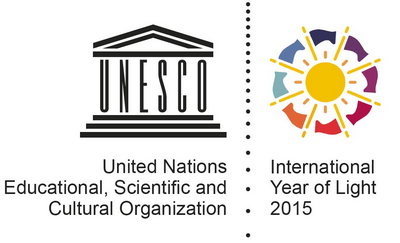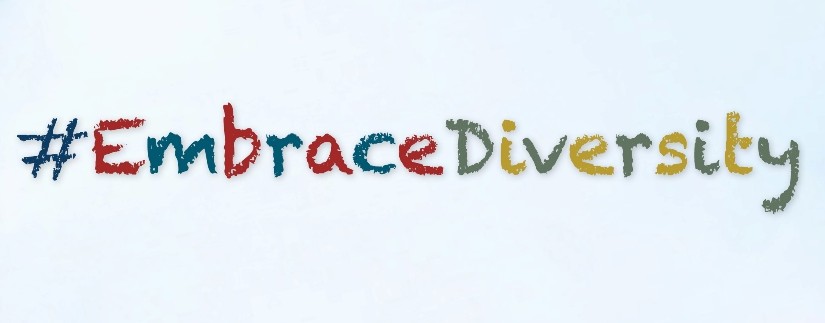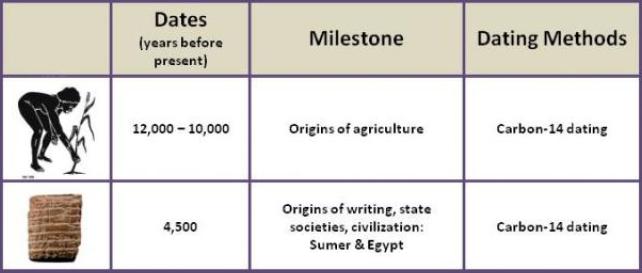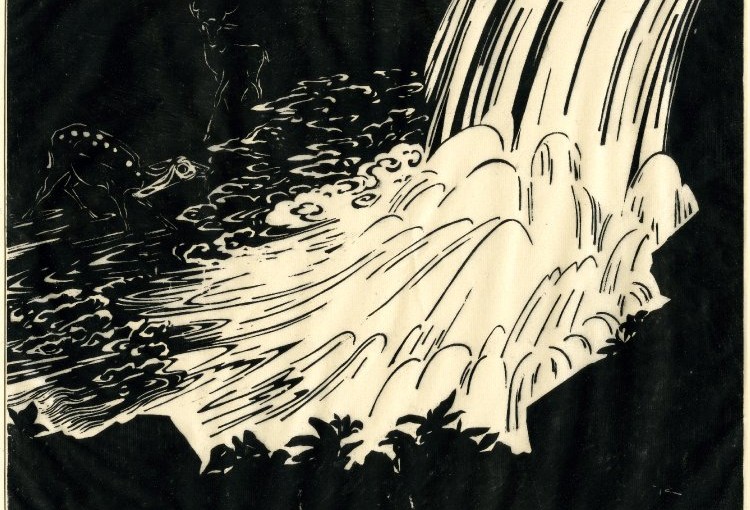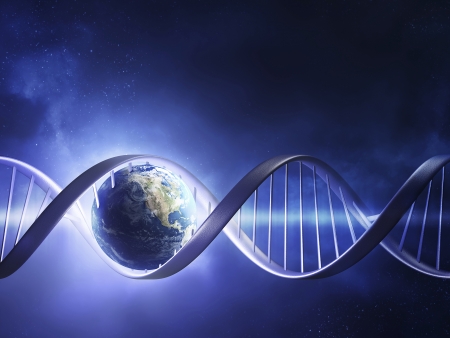Ian Barton Stewart plays Claude Debussy’s Arabesque no 1 in this video of the current exhibition of his paintings at the Neue Privat Bank in Zürich.
Category: Nature
Hardwood Blocks
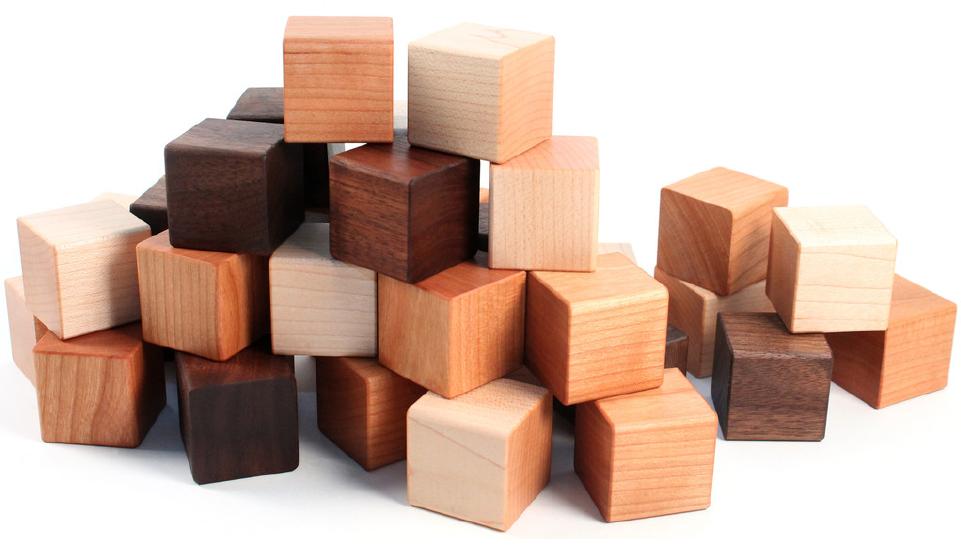
An ideal set for beginners.
Each block in this 24 piece handcrafted set measures 1.5 inches square.
Handcrafted in Minnesota, USA. Finished a homegrown blend of organic oil and beeswax.
Source: 24-piece hardwood block set all natural wooden by SmilingTreeToys
Volkswagen
A former kindergarten teacher, Ursula Piëch was elected in 2012 to the company’s supervisory board.
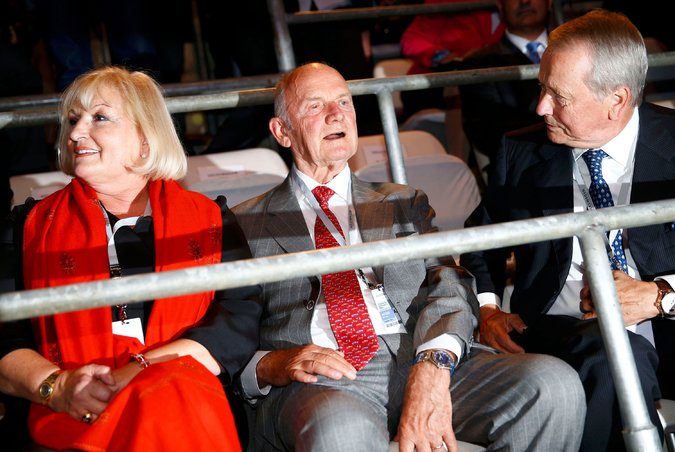
Volkswagen employed nearly 600,000 people last year to produce about 10 million vehicles. By comparison, Toyota employed 340,000 to produce just under nine million vehicles.
A policy known as co-determination, or “Mitbestimmung”, requires company boards to be equally divided between workers and members elected by shareholders.
Although Ferdinand Porsche developed the first petroleum electric hybrid vehicle, the Volkswagen board has been slow to move on environmental issues, investing less in electric and hybrid engine technology than industry leaders.
“If you have electric cars and a coal fired plant producing the electricity, you gain nothing.”
Such attitudes are hardly confined to Volkswagen, and a willingness to circumvent environmental regulations may emerge at other automakers.
Source: Problems at Volkswagen Start in the Boardroom

Two Cultures
Few literary phrases are as enduring as “two cultures”, coined by C P Snow to describe what he saw as a dangerous schism between science and literary life.
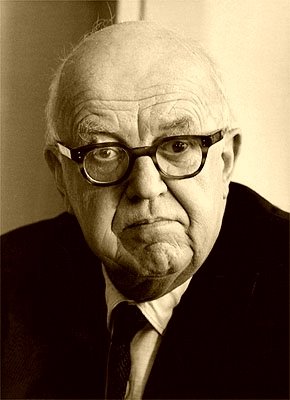
“The Two Cultures and the Scientific Revolution” presented the contrast between the responses of scientific and literary cultures to the industrial and technological revolutions. Academic and intellectual specialization had proceeded to the point that the sciences and humanities had become mutually incomprehensible.
“The intellectual life of the whole of western society is increasingly being split into two polar groups; literary intellectuals at one pole, at the other scientists. Between the two a gulf of incomprehension.”
This gulf between two cultures was not merely an obstacle to scientific progress, but even represented a threat to the survival of western civilisation.
Snow suggested humanities graduates, who ruled western societies, did not appreciate what science had to offer.
Snow identified three pressing issues, where “literary intellectuals” failed to see that solutions might come from “natural scientists”; the existence of nuclear weapons, over-population, and the gap between rich and poor nations.
Sources:
C. P. Snow – The Two Cultures debate controversy Rede Lecture 1959
Our Two Cultures
The Two Cultures, Then and Now
The Two Cultures, Then and Now
Light
The International Year of Light 2015 celebrates light and light based technologies in business, education, arts and science.
The future of light technologies is dependent upon understanding how to apply light technologies to new solutions and creations, from mobile phones to laser shows, that enhance our everyday life.
Embrace Diversity
Everyone has a right to belong
Support diversity, inclusion and harmony. Everyone has the right to be included.
Australia is made stronger by the diversity of its people.
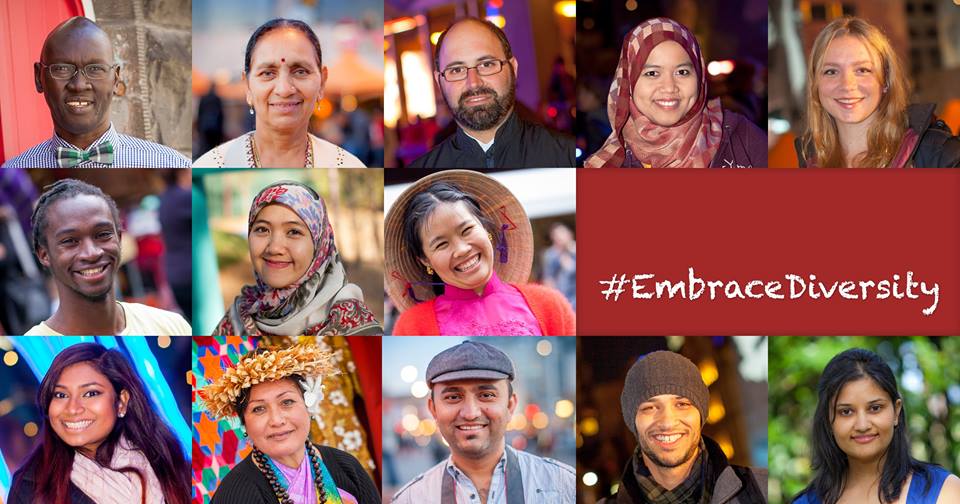
People today look remarkably diverse on the outside. There is variation among individual human beings, from size and shape to skin tone and eye color. But we are much more alike than we are different. We are, in fact, remarkably similar. There is no reason to assume that “races” represent any units of relevance for understanding human genetic diversity.
Early studies on human diversity showed that most genetic diversity was found between individuals rather than between populations or continents.
Gradual variation and isolation by distance on a worldwide scale are better representations of global genetic diversity than are discontinuities among continents or “races.” The pattern seen is one of gradients, that extend over the entire world, rather than discrete clusters. There is no reason to assume that major genetic discontinuities exist between different continents or “races.”
An understanding of how genetic diversity is structured in the human species is not only of anthropological and political importance, but also of medical relevance.
read more: Evidence for Gradients of Human Genetic Diversity Within and Among Continents
Inheritance
How Our Genes Change Our Lives and Our Lives Change Our Genes
This groundbreaking book shows how the human genome is far more fluid and fascinating than we imagined.
Conventional wisdom dictates that our genetic destiny is fixed at conception. Although a child may recover from the psychological trauma caused by childhood bullying, their genes may remain changed for life.
This book masterfully demonstrates what rare genetic conditions can teach us all about our own health and well being.
People with rare genetic conditions hold the keys to medical problems affecting millions.
Hardcover – April 15, 2014
by Sharon Moalem MD PhD (Author)
Ten Klooster
Ten Klooster was a successful artist in his time and his work was purchased by a number of major museums in the Netherlands, Great Britain and the United States.
Nature, in all its aspects, was his main inspiration and he was able to draw upon the innumerable sketches he made during his years in the lush, tropical environment of the Dutch East Indies.
He was educated in the Netherlands and cherished a deep desire to become an artist.
It was only after his return to the Netherlands and his retirement in 1919, that he was able to devote his life to art. His prolific and widely acclaimed oeuvre ranges from intriguing oil paintings to expressive woodcuts and exquisite ink drawings, which echo classical Chinese and Japanese art as well as art deco motifs.
Johannes ten Klooster (1873-1940): a man with two lives
This abundantly illustrated publication discusses all aspects of his life and work and includes a complete catalog of his 175 woodcuts.
Johannes Frederik Engelbert ten Klooster was born in Kudus, Java on August 7, 1873, to a Javanese/Chinese mother and a Dutch father.
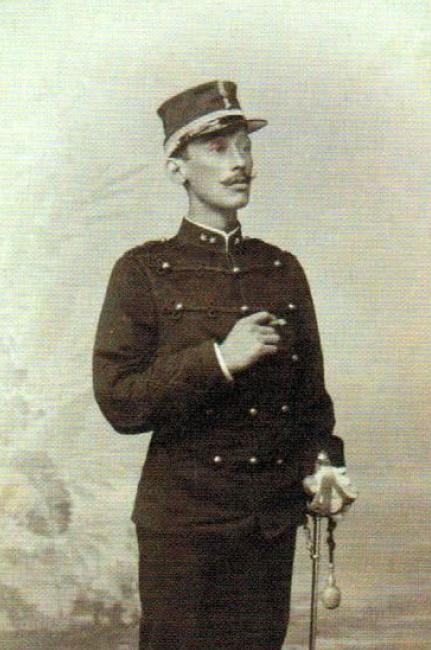
He was educated in the Netherlands and forced to work for a living; from 1897 to 1914 he served as a military officer in the Dutch East Indies and was stationed in Java, Sumatra and New Guinea.
Woodcut on thin oriental paper
Signed with monogram on block: “Ten Klooster”, in lower right. Annotated in pencil with title and name of the artist below image: “handdruk” and “Ten Klooster”. Donated by Contemporary Art Society 1932
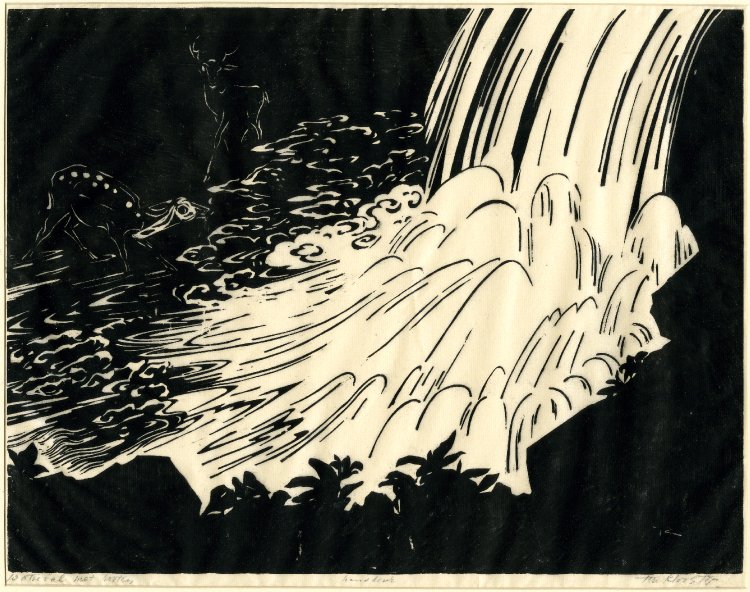
Donated by Contemporary Art Society 1932
Human Variome Project
The Human Variome Project provides a central repository hub for global data sharing of genetic information with direct application to improving global health.
One way to address the global challenges of public health in developing countries is through international collaboration to share data.
It is important to do this not just for humanitarian reasons but because open information is at the heart of scientific progress.
One field in which this is particularly evident is genomic research, which has made revolutionary progress in recent years. There has been an explosion in research to discover the function of each of the twenty thousand or so human genes.
via The Human Variome Project | Science & Diplomacy.
One of the main goals of UNESCO is the development of international science that meets social needs in health, food, education, and other standards of living.
The Human Variome Project establishes and maintains the necessary standards, systems and infrastructure for genetic knowledge sharing, offers training and education for clinicians, researchers and the general public and works with individual countries to build their medical genetics and genomics capacity.
These activities promote the development of better genetic services and will lead to the improvement of genetic treatment and diagnostic abilities worldwide.
via The Human Variome Project – Sharing data – Reducing disease
Rare genetic conditions can teach us about our own health and well being.
People with rare genetic conditions hold the keys to medical problems affecting millions.
Hardcover – April 15, 2014
by Sharon Moalem MD PhD (Author)
Prince Hisahito

Prince Hisahito is third in line to the throne after his uncle Crown Prince Naruhito and his father Prince Akishino.
The son of Prince Akishino and his wife, Kiko, the prince is in his second year at a Tokyo elementary school affiliated with Ochanomizu University and seems to be doing well, looking after first year pupils and playing with his many friends.
Source: Prince Hisahito, third in line to Imperial throne, turns 8 | The Japan Times
